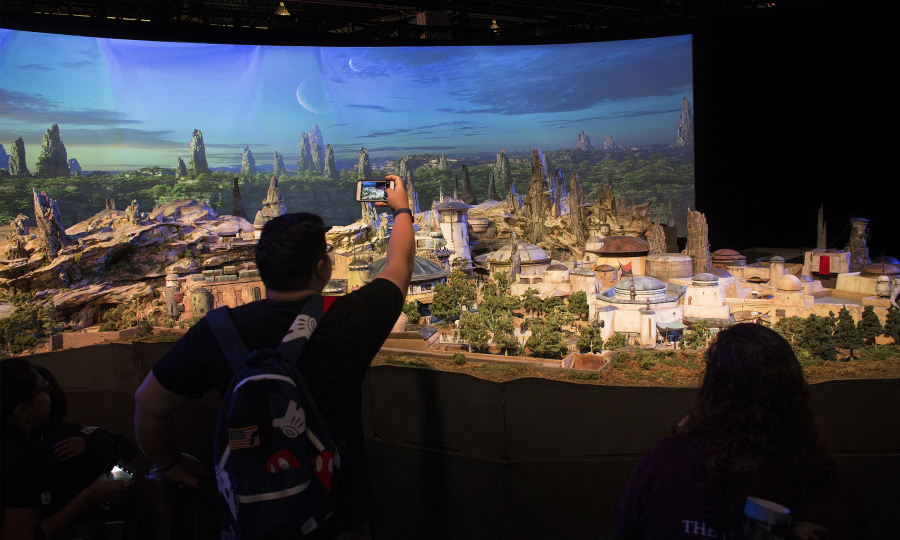Attendance at top U.S. theme parks in 2016 grew less than 1 percent, the slowest rate in five years, but tourism analysts say bigger growth lies ahead.
Hurricane Matthew and a strong U.S. dollar that stopped foreign tourists from traveling were some of the reasons attendance was relatively flat in 2016, International Association of Amusement Parks and Attractions said this month.
“The weak economy in Brazil and the perception that visitors from Latin America are not welcome may have also played a role,” the association said.
Theme parks in the U.S. had more than 117 million visitors last year. They drew about 116 million in 2015 — when attendance jumped 6.5 percent from 2014, a high in recent years, according to a report from the association’s consultant.
An industry expert argued that theme parks will grow faster than that prediction, especially as Disney expects to open Star Wars-themed attractions in 2019 in California and Florida.
“That’s going to be a huge home run for Disney,” said Dennis Speigel, president of the Ohio-based International Theme Park Services consulting firm. “That’s going to be their Harry Potter.”
Attendance at top U.S. parks is forecast to rise almost 2 percent in 2018, and then about 3 percent and 2 percent in 2019 and 2020, the report said.
This year’s growth rate is forecast to be about the same as last year’s, though, to 118.3 million visitors. Hurricane Irma forced theme parks to close for two days in September, while exchange rates have remained a factor.
“If the U.S. dollar remains expensive, destination parks in the United States will have difficulty attracting foreign visitors,” the report said.
This week, SeaWorld and Disney are expected to release third-quarter financial earnings, which could give more details on how the hurricanes affected them. Comcast did not disclose specific losses from Irma last month but said its theme-park division increased revenue by 7.7 percent to $1.6 billion.
But at large theme parks, such as Disney’s Magic Kingdom — which 20 million people visit every year — it is difficult to get significant year-over-year increases, said University of Central Florida associate hospitality professor Duncan Dickson, who follows the theme park industry.
“I don’t really see it as sluggish growth,” Dickson said of the new report.
Theme parks are reinvesting in their attractions and global theme park spending is outpacing the global nominal GDP, giving the industry a positive outlook, he said.
The report looked at destination parks in the country: Walt Disney World, Universal Studios Florida and Universal’s Islands of Adventure, SeaWorld Orlando and Busch Gardens Tampa Bay. The consultant also studied California parks: Disneyland, Disney California Adventure and Universal Studios Hollywood.
Out of those parks, Universal Studios Hollywood performed the best because of the 2016 opening of the Wizarding World of Harry Potter, the report said.
It was “part of a $1.6 billion investment in the park” and “resulted in a double-digit gain, similar to the boost that attraction generated at Universal Studios Florida in 2015.”
Abroad, new theme parks are driving growth in Asia-Pacific, the Middle East and North Africa, the report said.



